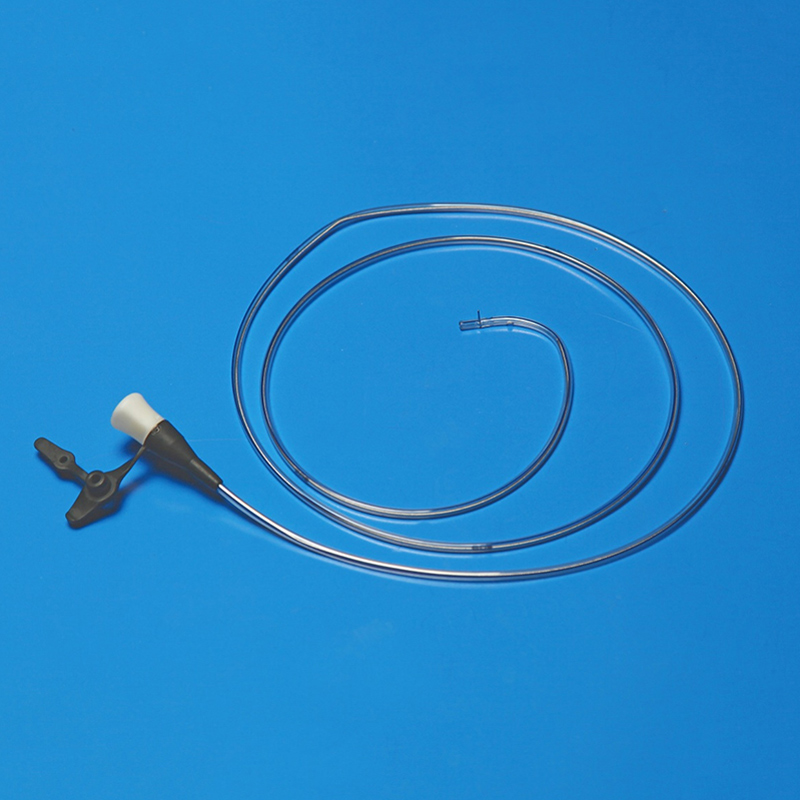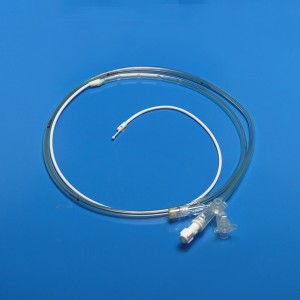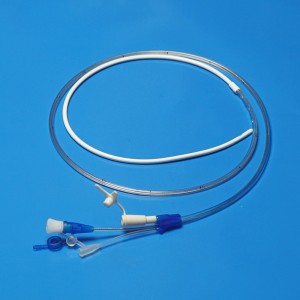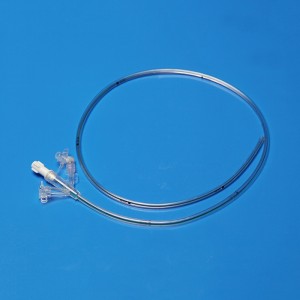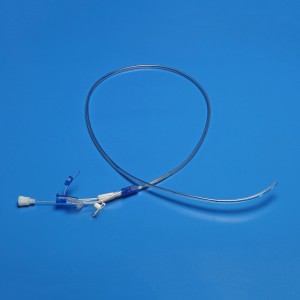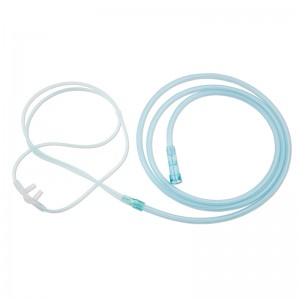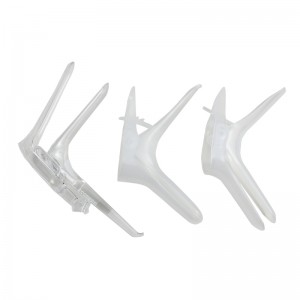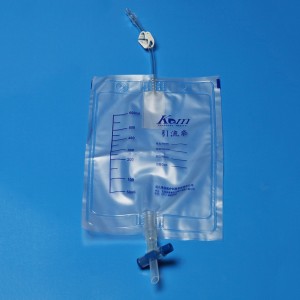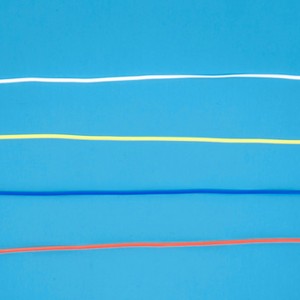Feeding Catheter
| ClinicalApplication | Applied Department | For Symptom |
| Big and small general surgical and abdominal operation | Esophagus cancer, rectal cancer, colon cancer, gastric cancer , choleliiiasis. upper gastrointestinal hemorrhage, liver cancer, operation post bile duct and pancreatitis, liver and spleen operation | |
| Gastrointestinal surgical operation | Gastroduodenal perforation, gastroduodenal ulceration hemorrhea. gastrorrhagia. gastroduodenal | |
| Reduce Gastrointestinal pressure | Gastroenterology department | Gastroduodenal cicatricial pyloric obstruction acute diffuse peritonitis. acute gastric dilatation. Intestinal obstruction, gastric retention |
| Neurosurgery department | Concomitant gastric stress ulceration caused by craniocerebral mjury | |
| Thoracic surgery department | Big and small surgical chest operation | |
| Orthopedics department | Operational post application of spine and lumbar | |
| Neurology department | Dysphagia caused by brain diseases (encephalorrhagia and cerebral infarction) | |
| Digestive Department | Gastrointestinal dysfunction, malnutrition | |
| Oncology department | Laryngeal cancer, esophagus cancer | |
| Intestinal nutrition | Respiratory department | Machinery ventilates patient .reflux aspiration |
| ICU | Stupamus patient aphasia, severe pancreatitis | |
| Stomatology department | Aphthous after | |
| Bums department | Burnt throat. moderate and severe bums |
| Pediatric department | Neonatal stress ulcer, insufficiency of sucking swallowing reflex and gastrointestinal motility | |
| Gastric lavage | Emergency department | Toxic |
Feeding catheter consists of tube, connector, double caps, guidance cap/wire, connecting tube (only for B type). X-ray line is printed on tube. The tube is made of thermoplastic polyurethane elastomer (TPU).
The catheter is disposable and sterile. It is sterilized by oxirane. Residual quantity≤10ug/g. Cytotoxicity≤1. No mucosal stimulus response or delayed hypersensitivity. We suggest that catheter should not indwell in body over 30 days or submit to doctor’s opinion.
1.Before application, operator need to check catheter and prepare other tool.
2.Plugging: After wrapping package, operator help patient rely on bed for confirming length (adult-45~55 cm) then cleaning nostril and narcotizing nasal cavity. Catheter need to be lubricated then being plugged into nasal cavity. Slowly pushing and rotating, until it reached posterior throat, pushing it when patient swallowing, then catheter can be pushed into stomach. Pulling out guidance wire when catheter reaches needed position. At last, catheter need to be fixed on face by bandage.
3.Single and double lumen feeding catheter: Opening double cap will decrease gastrointestinal pressure by discharging or sucking fluids. Then cap need to be closed.
4.Triple lumen feeding catheter (A/B): Opening double cap will decrease gastrointestinal pressure by discharging or sucking fluids. Feeding food and medicine: Firstly, some warm water need to be injected into stomach (30ml once per day). Then fluid food or medicine are injected. After that, operator injects some warm water again for preventing food barrage. Barrage will cause enterogastritis.
5. Pulling: Putting plate under patient’s under jaw. Clipping end of catheter (avoid reflux when pulling). Operator put catheter in plate and slowly remove bandage. Operator pull and clean catheter wrapped by gauze when patient doing expiration.When it reached throat, operator pull it rapidly. Pulled catheter should be pulled in plate. Then operator clean patient’s face, nose and mouth.


